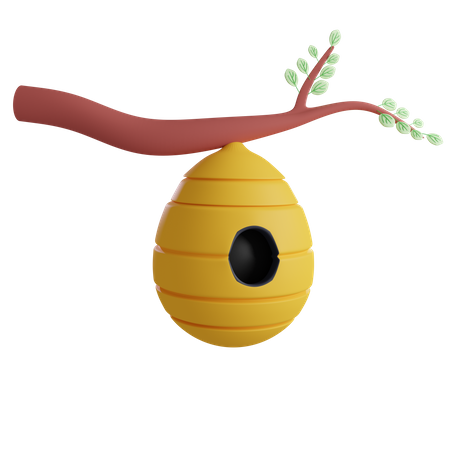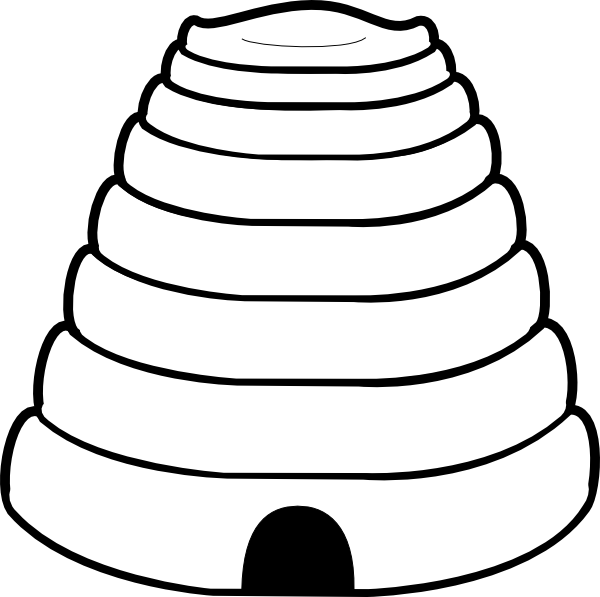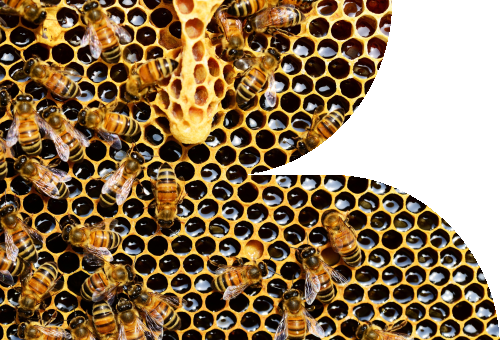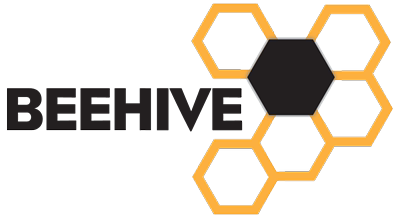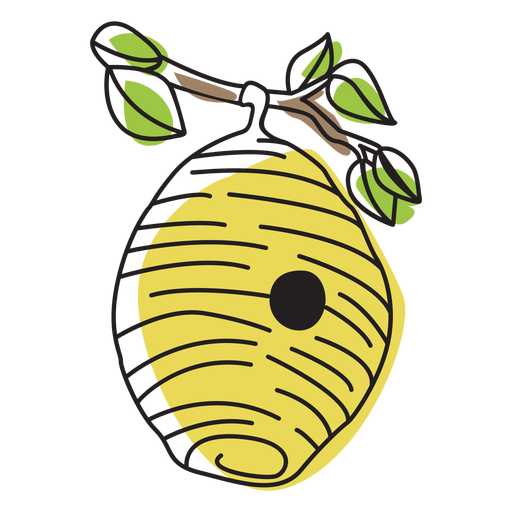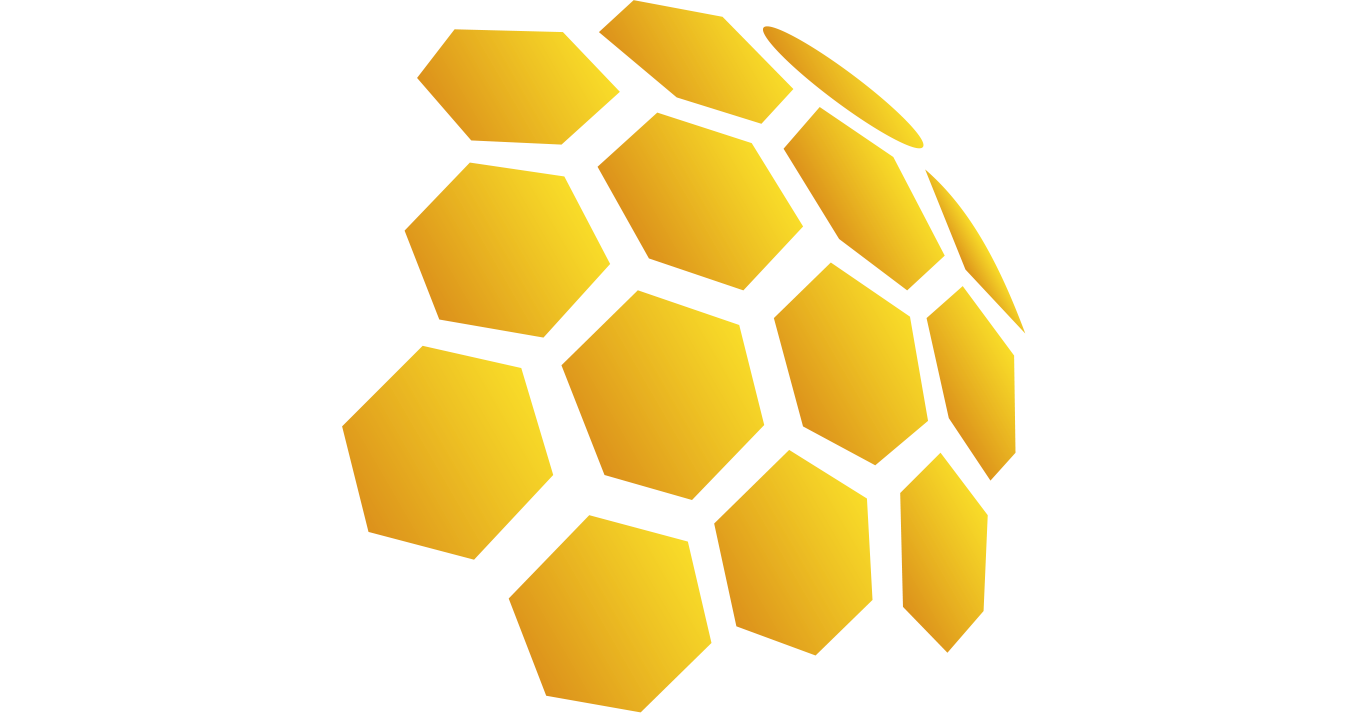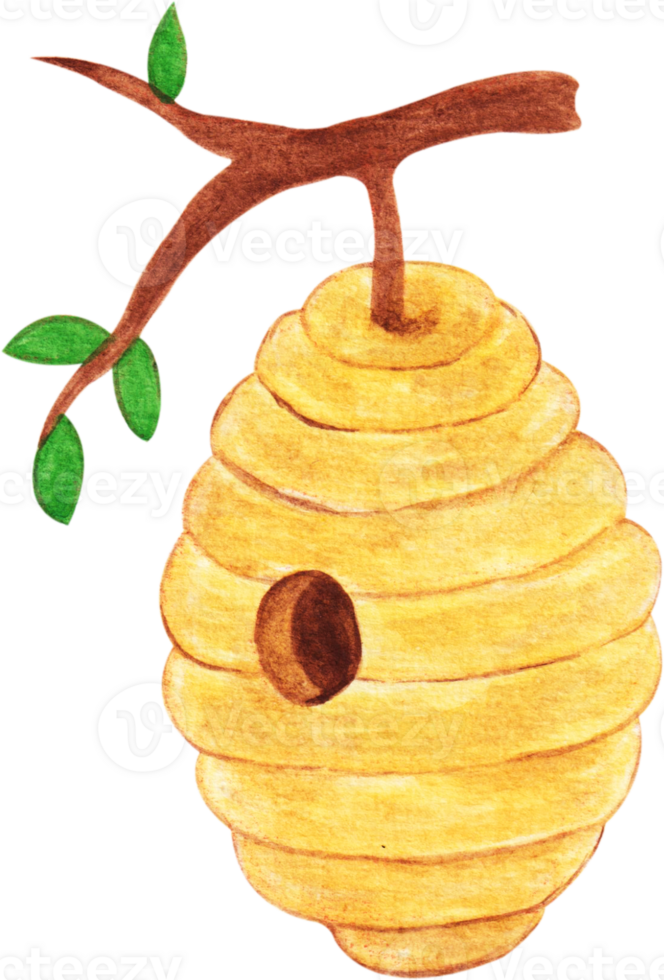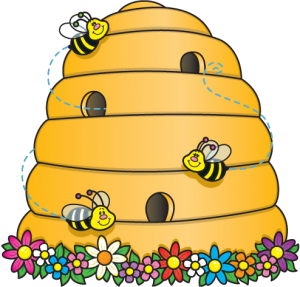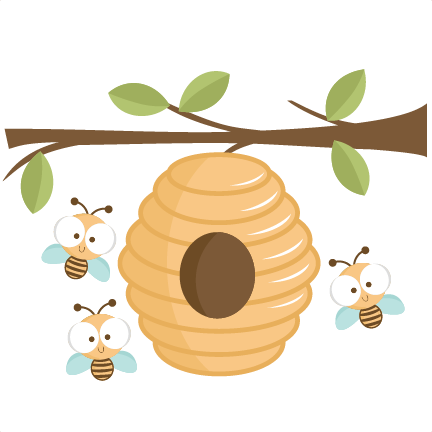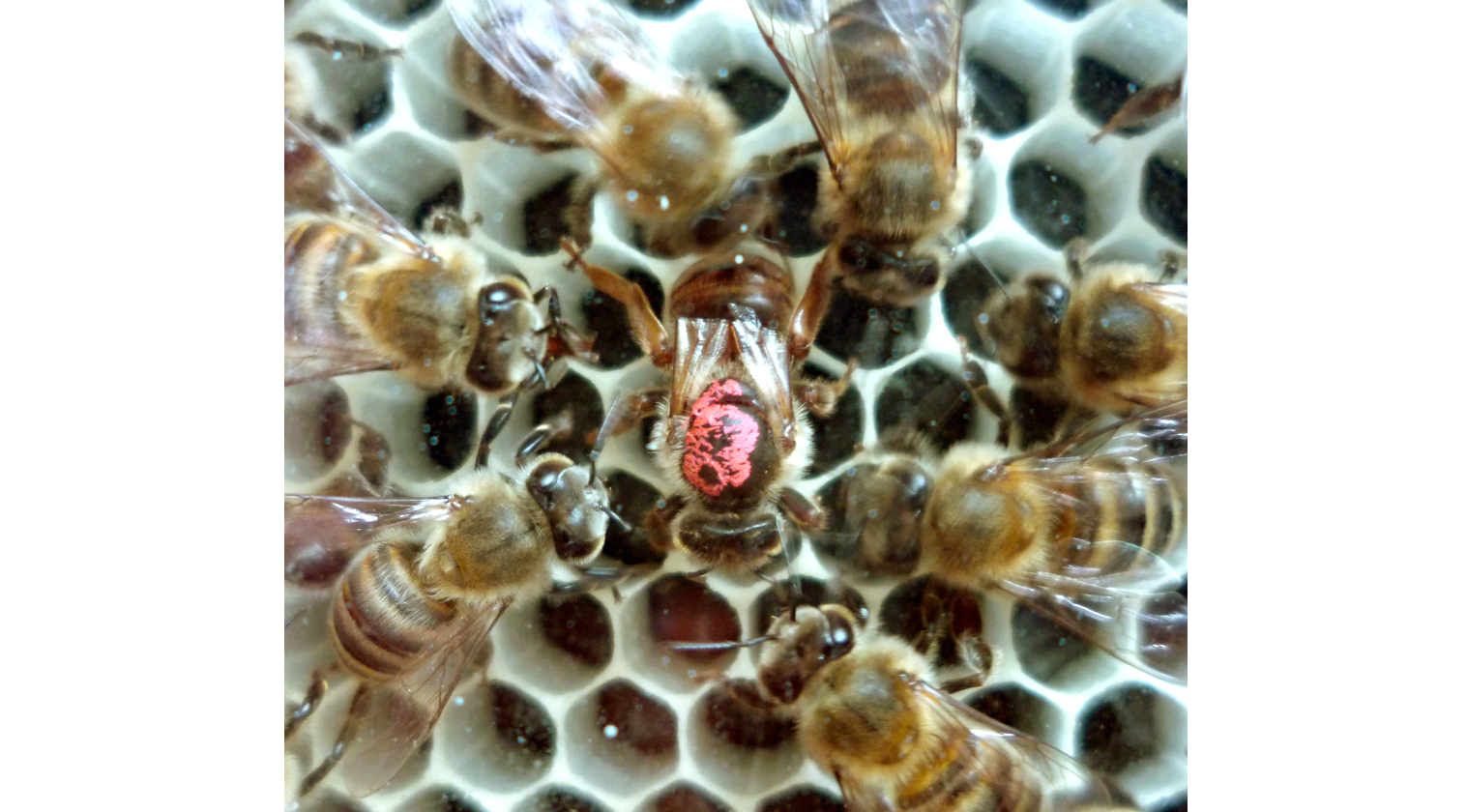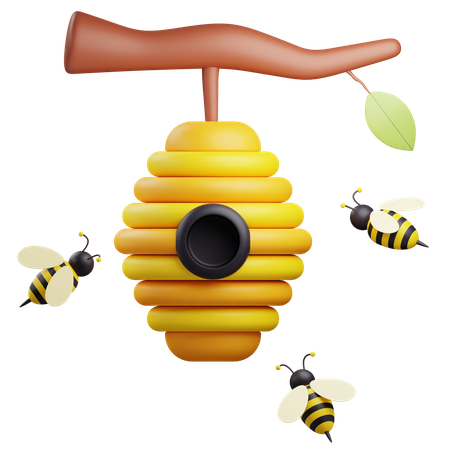Download top and best high-quality free Beehive PNG Transparent Images backgrounds available in various sizes. To view the full PNG size resolution click on any of the below image thumbnail.
License Info: Creative Commons 4.0 BY-NC
A beehive is an enclosed structure that humans create to house honey bees. Honey bees are social insects that live in large, organized groups called colonies. The colony is made up of a queen bee, drones, and worker bees. The queen bee is responsible for laying eggs, drones mate with the queen to fertilize these eggs, and the worker bees create the honey, care for the young bees, and maintain the hive.
The beehive was invented by humans to keep honey bees in a controlled environment. It allows beekeepers to easily access the hive to collect honey, check on the health of the colony, and maintain the hive. The design of beehives has changed over time, but the basic components remain the same.
Types of Beehives
There are several types of beehives, each with its advantages and disadvantages. The most common types are:
Langstroth Hive
The Langstroth hive is the most popular type of beehive used by beekeepers around the world. It consists of a series of boxes stacked on top of each other. The boxes have frames that hold the honeycomb, which can be easily removed for harvesting honey or checking on the colony’s health. This design allows for easy inspection of the hive without disturbing the colony.
Top Bar Hive
The top bar hive is a simple and inexpensive alternative to the Langstroth hive. It consists of a long, narrow box with bars running across the top. The bars hold the wax comb, and bees build their colony downwards from the top bars. This design allows for a more natural bee colony structure and is easier to maintain for beekeepers.
Warre Hive
The Warre hive is a traditional French beehive. It consists of a series of boxes, similar to the Langstroth hive, but smaller in size. The boxes are stacked on top of each other, and the bees build their comb using a natural comb-building process. The Warre hive is designed to mimic the natural environment of a bee colony and is easier to maintain for beekeepers.
How Bees Use the Hive
Bees use the hive for several purposes, including storing honey, pollen, and brood (young bees). The queen bee lays her eggs in the cells of the honeycomb, and worker bees tend to the young bees. The honeycomb also serves as the bees’ storage area for pollen and nectar, which they use as food.
Bees regulate the temperature inside the hive by fanning their wings to circulate air. They also use water droplets to cool the hive on hot days. Bees communicate with each other using pheromones and dance moves to tell other bees where food sources are located and to signal danger.
The Importance of Bees
Honey bees are critical to the world’s food supply. Bees pollinate approximately 70% of the world’s crops, including fruits, vegetables, and nuts. Without bees, many of our favorite foods would disappear from grocery store shelves.
However, honey bees are facing many challenges, including habitat loss, pesticides, and disease. As a result, bee populations are declining at an alarming rate. It is essential to protect honey bees and their habitats to ensure a sustainable future for our food supply.
The beehive is a crucial component of beekeeping and plays a vital role in the survival of honey bees. The design of beehives has evolved over time, but the basic concept remains the same. Beekeepers must maintain healthy hives to ensure the production of honey and the survival of honey bee populations.
Protecting bees and their habitats is essential to ensure a sustainable future for our food supply. This can be accomplished by supporting local honey bee populations, reducing the use of pesticides and chemicals, and planting bee-friendly flowers and plants in gardens and landscapes.
Download Beehive PNG images transparent gallery
- Beehive PNG Picture
Resolution: 300 × 246
Size: 29 KB
Image Format: .png
Download
- Beehive PNG
Resolution: 450 × 450
Size: 60 KB
Image Format: .png
Download
- Beehive Transparent
Resolution: 600 × 597
Size: 48 KB
Image Format: .png
Download
- Beehive
Resolution: 500 × 340
Size: 398 KB
Image Format: .png
Download
- Beehive PNG Clipart
Resolution: 400 × 218
Size: 31 KB
Image Format: .png
Download
- Beehive PNG Cutout
Resolution: 512 × 512
Size: 122 KB
Image Format: .png
Download
- Beehive PNG File
Resolution: 1368 × 721
Size: 116 KB
Image Format: .png
Download
- Beehive PNG HD Image
Resolution: 664 × 980
Size: 738 KB
Image Format: .png
Download
- Beehive PNG Image HD
Resolution: 513 × 401
Size: 18 KB
Image Format: .png
Download
- Beehive PNG Image
Resolution: 274 × 300
Size: 11 KB
Image Format: .png
Download
- Beehive PNG Images
Resolution: 300 × 287
Size: 114 KB
Image Format: .png
Download
- Beehive PNG Photo
Resolution: 432 × 432
Size: 37 KB
Image Format: .png
Download
- Beehive PNG Photos
Resolution: 1517 × 840
Size: 2337 KB
Image Format: .png
Download
- Beehive PNG Pic
Resolution: 450 × 450
Size: 155 KB
Image Format: .png
Download

